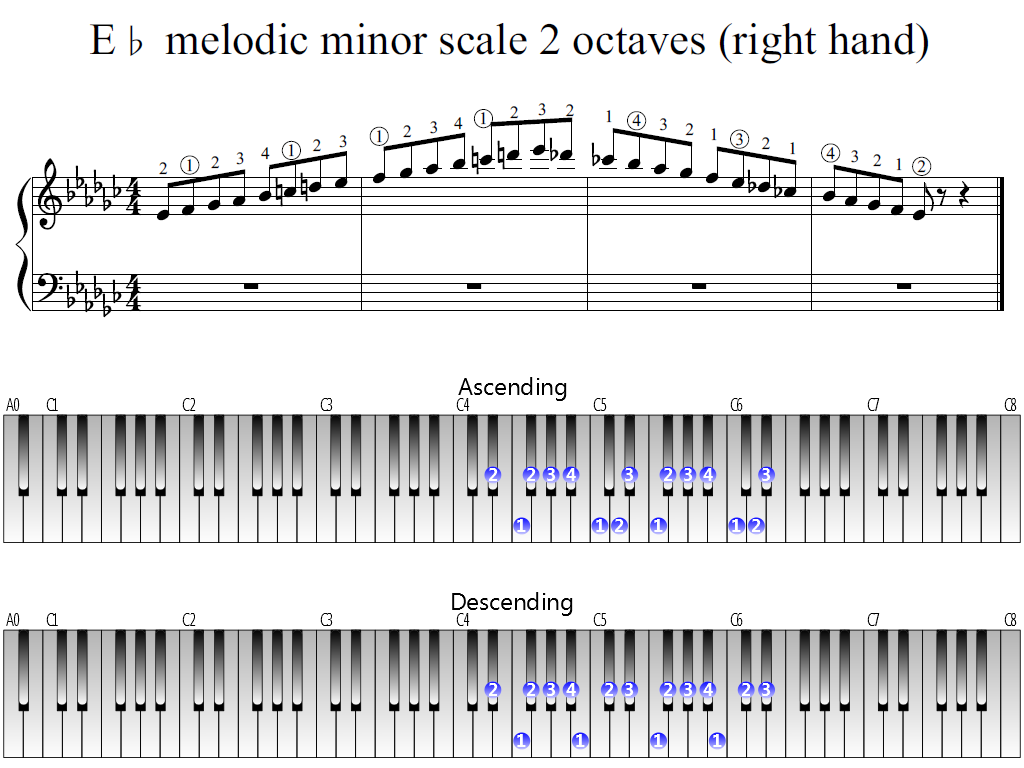
Also, if you need a visual cue on how to play the G minor chord in the right hand, I’ve provided another image for you below. Keep your fingers curved and your wrist parallel to the ground, just like when we were playing the G minor chord in the left hand earlier. So to begin, let’s start by placing finger one (your thumb) on G, finger three (your middle finger) on B-flat, and finger five (your pinky) on D. Now that we know how to play the G minor chord in the left hand, it is time to learn how to play it in the right hand. Playing the G Minor Chord in the Right Hand

As you become more comfortable playing the G minor chord, search for a piece of music that uses this chord! Once you’ve found a piece of music, try playing its chord in the left hand, and its melody in the right hand. Playing chords in the left hand is an excellent way to accompany melodies played in the right hand.

The image below shows how to play the G minor chord in the left hand. Always remember to keep your fingers curved and your wrist parallel to the ground. To play the chord in the left hand, place finger five (the pinky) on G, finger three (the middle finger) on B-flat, and finger one (the thumb) on D. Now that we’ve learned which notes are in the chord, and which fingers to use to play them, now is the time to learn how to play the G minor chord! Playing the G Minor Chord in the Left Hand

Starting with the second finger of the right hand, hit the E flat. Keep reading to learn the proper fingering for the scale.

The notes of the scale are E flat, F, G flat, A flat, B flat, B, D, and finally the E flat octave. Download PDF Learn How To Play The E Flat Minor Harmonic Scale On The Piano!


 0 kommentar(er)
0 kommentar(er)
